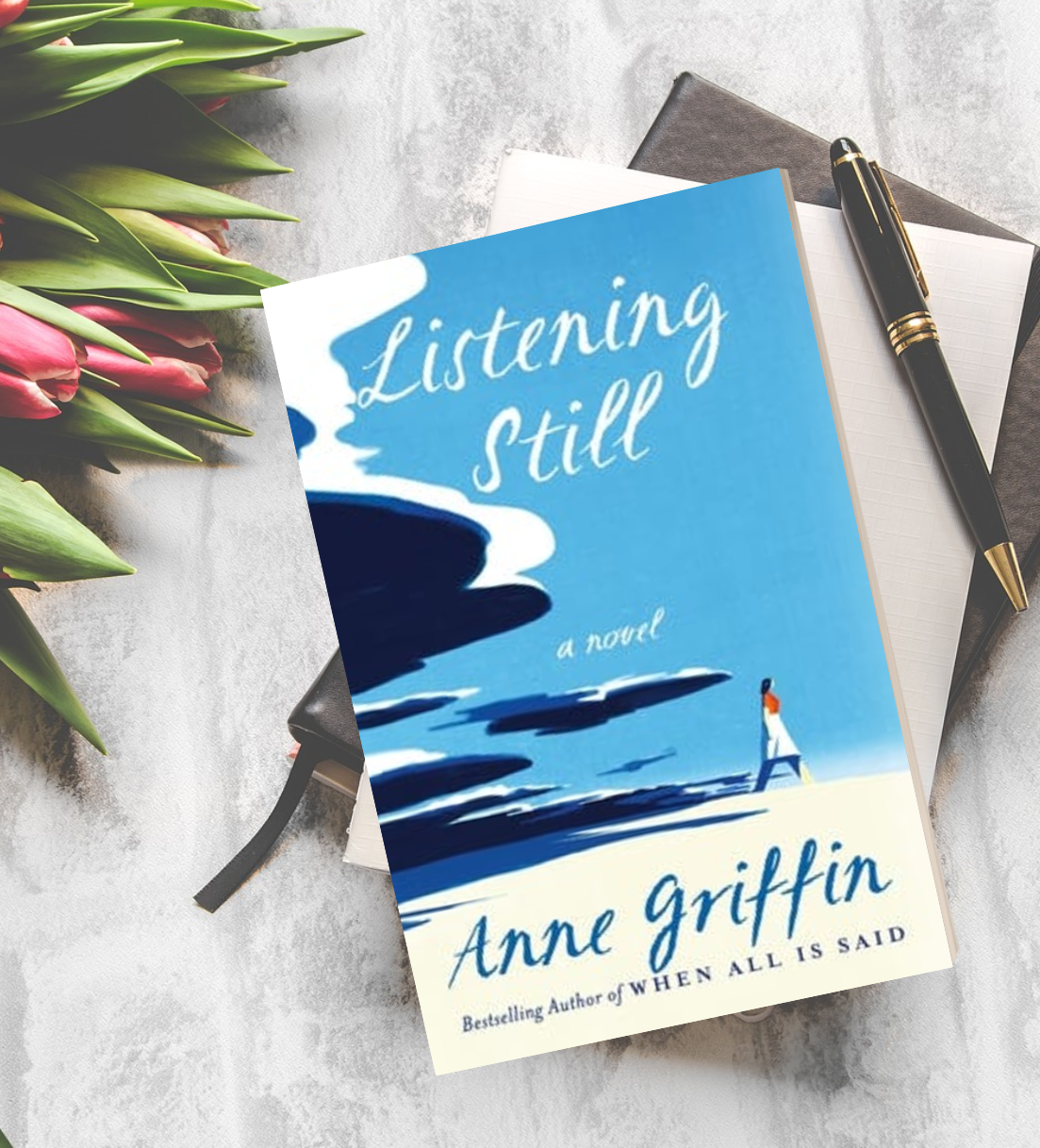A dazzling novel both satirical and moving, about an eccentric, dysfunctional family of English aristocrats, and their crumbling stately home that reminds us how the lives and hopes of women can still be shaped by the ties of family and love.
Like The Dutch House by Ann Patchett, House of Trelawney’s house was just as much a prominent character as the people residing in it. The descriptions of it throughout, from its time of glory and respect almost 800 years ago, to the current days of complete disrepair and despair were so wonderfully shared.
What may follow could possibly be an incoherent mess. My ability to focus and concentrate is overwhelmed lately by the COVID-19 daily onslaught of news and updates. I find my brain is overwhelmed by it all.
However, it can absolutely be said that I truly enjoyed this one! There is much inside to appreciate, especially the characters, all of which make for incredibly compelling reading and the richness of the storytelling kept me glued to the pages. I did take awhile to read it though, but that’s because most of my time has been taken up watching the news with a more than slight slack-jacked look.
While the book jacket says four women dominate the story, I’m not sure it’s only just those four. I felt there was more involved than just these four women, and sometimes it sometimes wasn’t the sole focus of the story. Much of the story is built around them, yes, but it’s not only about them. I found the whole thing to be quite brilliant. A very engrossing story that includes class dynamics, climate change, the 2008 economic crash and the need to break free of ancestral expectations.
The climate change component comes into play with the eccentric Aunt Tuffy and her study of fleas. She is relating insects and rise of diseases like lyme disease due to the earth’s warming.
This data collection was to be part of an addendum to Tuffy’s paper linking warmer weather to an increase in insect-borne diseases.
The timing of this tale is around the 2008 economic collapse. This quote is from the chapter, Picking Up the Pieces:
[Blaze] and her ilk had become objects of hate and vilification; their effigies were being burned on the streets and caricatures disembowelled and bloodied in newspaper cartoons…Bailouts seemed to be given to large financial institutions rather than cash-strapped individuals. The economy was shrinking; the pound falling further. Few seemed safe…But no one was prepared to take responsibility for the crash, nore were there any consequences for those in the world of finance. Small investors were losing their houses and savings, while leading financiers boarded private planes bound for exclusive estates to conduct secret conversations.
I also really loved this part in the book, and it’s one that has stayed on my mind. I felt it was subtle yet quite profound in how it contrasted the actual lives of the Trelawney’s with a family that has served them for generations. As the Trelawney estate is now a crumbling mess and the inhabitants have no money to keep the oil tanks full or food on the table and they are dining on mince again, as well as the eldest Trelawney’s dining in squalor but intent on maintaining appearances (to whom? No one visits!), it is in direct contrast to how a former servant and her family are living. Mrs. Sparrow prepares meals of deliciousness for her family – the description of savory and exquisite cuts of lamb, surrounded by warmth and love is what you might expect to read about the Trelawney’s, not one from the “lower classes”. The family that is regarded as being rich are most certainly not, and the family that was in servitude to them live more grandly than they do:
“When I was a girl we had to curtsy when the Earl’s carrigae passed by…In church we stood up when the Trewlaneys came in. My whole family worked for them, my nan and great-gran too. Perhaps that’s why I scrub their baths; serving’s as much in my blood as bossing is in theirs.” (Glenda Sparrow)
“If you were to offer me Trelawney Castle and all those millions, I’d run a mile,” Glenda shook her head. “The Viscountess works herself to the bone already. She looks so tired that my heart breaks.” “The oil tank hasn’t been filled since March. It ran dry last month. Three times a week she carries buckets of boiling water all the way from the kitchen to her parents-in-laws’ rooms for them to wash. She buys bumper packs of mince from Freezer World on a Monday and makes it last for a week.”
“Will you carve?” Glenda asked her grandson. Mark cut the meat into neat red medallions nad laid it in fans on white china plates….Glenda sprinkled freshly chopped parsley over the potato dauphinoise. Then she arranged spoonfuls of redcurrant jelly and mint sauce next to the cut lamb, making glistening patterns of white, pink, red and green.
I really enjoyed the rich storytelling inside. All the characters were wonderful and quirky! And, as the description above states about this being about the lives and hopes of women and how they can still be shaped by the ties of family and love — it’s definitely a strong theme running throughout.
I did have a few yet very minor quibbles however. They are not major though since they did not take away the overall enjoyment I had while reading, but there were just a few parts I felt went on unnecessarily longer than they needed to (aspects of creating a Downton Abbey-esque feel to it with the Dowager Countess getting her own TV show) and there was one particular part about a distant cousin to Queen Elizabeth II coming to visit that seemed not necessary. But honestly, these were very minor quibbles.
A great read for your self-isolating needs! ;-)





Leave A Reply